There’s nothing quite like a lush, green lawn to add curb appeal to your home. So, when your grass starts losing its vibrant color and turning yellow, it can be downright frustrating. Don’t worry—whether you're a homeowner, DIY enthusiast, or a lawn care professional, here’s a guide to understanding the common causes and actionable solutions to restore your lawn’s health.
Your lawn’s yellowing might be seasonal. Warm-season grasses like Bermuda turn yellow as fall approaches due to their natural dormancy. On the flip side, cool-season grasses can struggle during extreme summer heat.
Spring weather fluctuations can also be problematic—St. Augustine grass, for example, may face disease during inconsistent temperatures. Learn more about diagnosing specific issues with St. Augustine grass by checking out this detailed resource. Avoid scalping your lawn (cutting grass too short) during these transitional periods as this shocks the roots, leaving behind unsightly yellow patches.
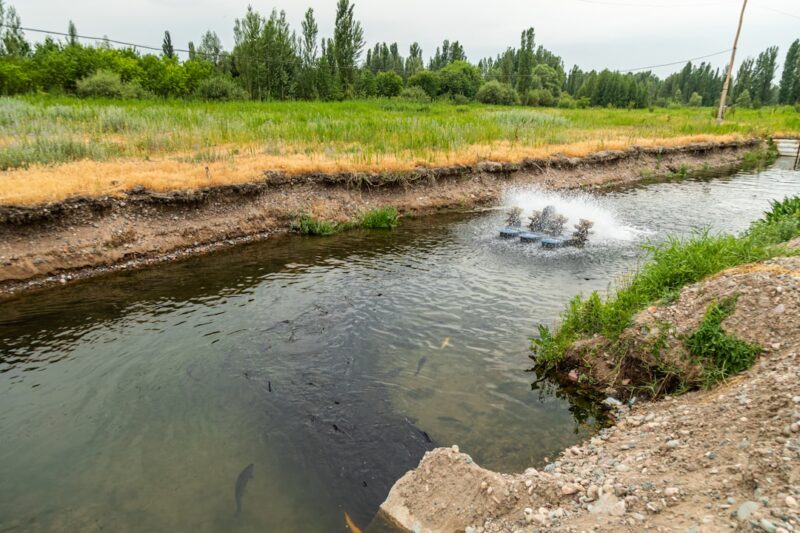
Grass, like any living organism, needs its nutrients—and yellowing often signals a deficiency. Iron and nitrogen shortages are frequent culprits. Heavy rainfall or overwatering can leach these nutrients from the soil, leaving your grass struggling to keep its vibrant color.
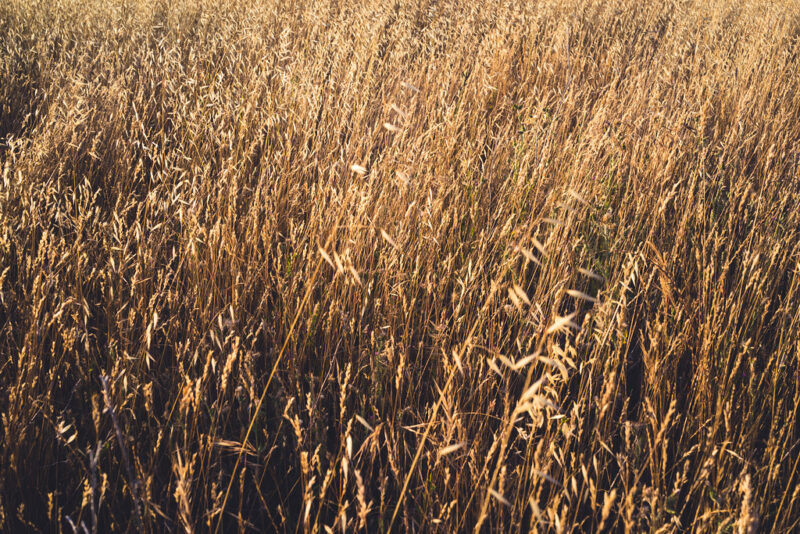
Test your soil to identify what’s missing. Apply fertilizers rich in iron or nitrogen to support healthy growth, but don’t overdo it—excess fertilizer can scorch your grass.
| Cause | Symptom | Solution |
|---|---|---|
| Iron Deficiency | Pale yellow grass | Apply iron-rich fertilizer |
| Nitrogen Deficiency | Yellow patches, slow growth | Use a nitrogen-based fertilizer |
Watering mistakes are a major contributor to yellow lawns. Overwatering can suffocate grass roots, while underwatering leaves them dry and brittle. Overwatering may also foster fungal diseases like lawn rust, which creates orange or yellow patches.
Water deeply but infrequently. A good rule of thumb is about 1–1.5 inches of water per week, including rainfall. For shallow root systems, consider aeration—this reduces waterlogging and promotes healthy root growth. Explore various fibrous root examples of grasses to better understand their nutrient needs and water requirements.
If yellow spots appear after your dog spends time on the lawn, the culprit is likely urine. High nitrogen levels from pet waste can burn the grass. Similarly, accidental chemical spills, like gasoline or herbicides, may harm your lawn.
Immediately flush affected spots with water or a small dish soap solution. For pet-related damage, consider training your furry friend to use a designated area, or dilute their urine by keeping them well-hydrated.
Improper mowing can seriously stress your grass. Cutting it too short weakens the root system, while dull mower blades tear rather than slice, leaving jagged edges prone to disease. Wet grass or cutting during the wrong time of day can also cause clumping and discoloration.
Mow only when grass is dry, keep blades sharp, and aim for a consistent height of 2–3 inches depending on your grass type. For a closer look at effective lawn care tools, consider reading about the differences between a scarifier and a dethatcher.
Compacted soil restricts air, water, and nutrients from reaching the roots, causing grass to weaken and yellow. You’ll notice water puddles instead of soaking into the soil, a clear sign of poor aeration.
Aerate your lawn at least once a year to relieve compaction. For persistently problematic areas, consider filling low spots with sand or dirt to improve drainage.
Keeping your lawn in tip-top shape is all about prevention. Follow these tried-and-true practices to stop yellow grass from becoming an ongoing battle:
If your lawn continues to yellow despite your efforts, you might find additional insights in this comprehensive guide on lawn problems.
Finally, if your lawn continues to yellow despite your best efforts, consult a landscaping professional to identify any underlying problems.
What’s your biggest lawn care challenge? Drop a comment below—we’d love to hear your tips or questions!
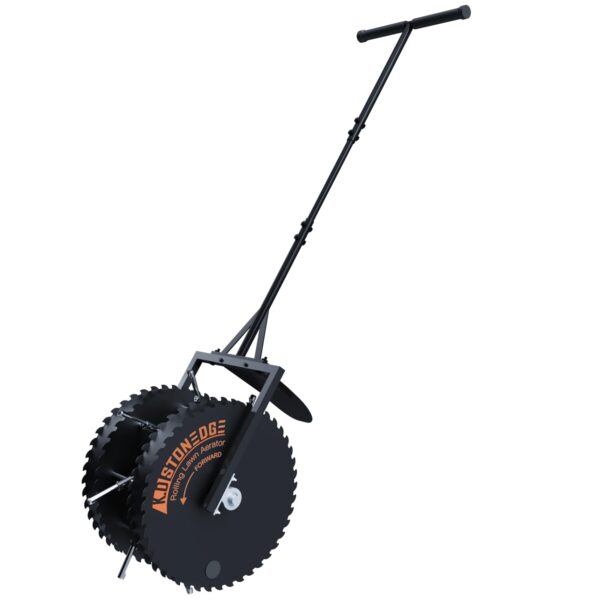
Transform your lawn care routine with our Lawn Aerator Roller. Designed for ease and efficiency, this aerator features a sturdy T-handle for comfortable operation and sharp steel spikes to effortlessly penetrate the soil, enhancing air flow and nutrient absorption. Ideal for compacted earth, this tool promotes a healthier, greener lawn without the hassle. Lightweight and durable, it's perfect for DIYers and garden enthusiasts aiming for professional results. Give your grass the boost it needs today!
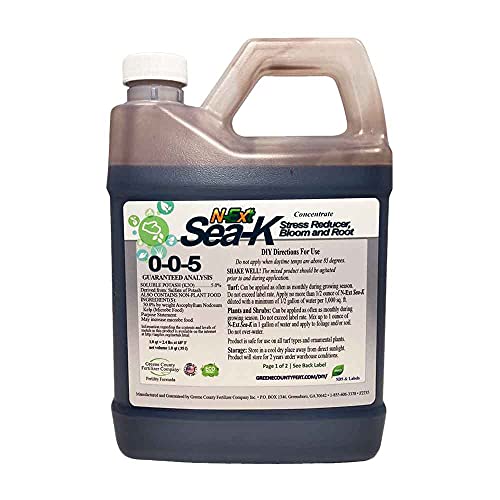
Unlock the potential of your plants with Nexx Sea-K Concentrate. This all-natural formula is designed to reduce stress while promoting vigorous blooms and robust root growth. Perfect for both indoor and outdoor plants, it supports a healthy, vibrant garden. Easy to use, just mix and apply for stunning results in all seasons. Enhance your gardening experience with this powerful, eco-friendly solution.
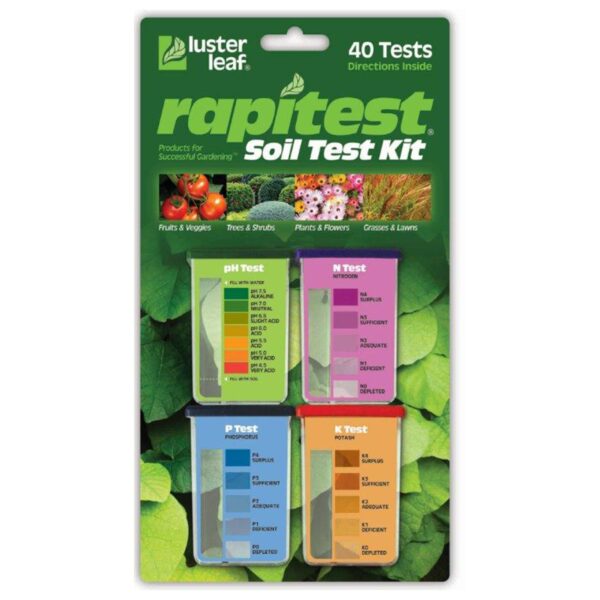
Ensure your garden thrives with the Luster Leaf Rapitest Soil Test Kit. It offers 40 easy tests for pH, nitrogen, phosphorus, and potash levels, helping you understand and optimize your soil conditions. Ideal for fruits, veggies, trees, and flowers, it's your go-to for healthier and more productive plants. Get precise results with simple directions to guide your gardening success. Perfect for both novice and experienced gardeners!
As you tackle the challenge of bringing your lawn back to life, remember you're not alone in your journey to lush greenery. We love seeing your progress, so why not share your before and after photos with us? Follow along and get inspiration on Pinterest, or catch behind-the-scenes peeks as we explore other exciting home improvement tips on Instagram. And for those of you who enjoy a good chat, join our community discussions over on X or our Facebook page. We're eager to connect with you, share ideas, and help keep your lawn—and all your projects—thriving. Happy gardening!
With the right fertilization, your yellowing lawn can return to its lush green state and maintain its healthy look. Yellowish patches in your otherwise vibrant turf can be caused by several underlying issues.
HOW TO REJUVENATE YOUR YELLOW LAWN:
1. Fertilize appropriately.
2. Control insects using expert treatments.
3. Aerate your lawn for better root health.
4. Reseed through overseeding techniques.
5. Apply lime to adjust the lawn's pH balance.
Yellow or limp grass may indicate overwatering, which can drown the roots. This drowning effect impairs the grass's ability to absorb essential nutrients and oxygen, leading to its yellowing.
A 10-0-20 fertilizer, rich in 10% iron, can help bring back the deep green color of your lawn. This particular blend is highly effective for reviving yellow grass.
